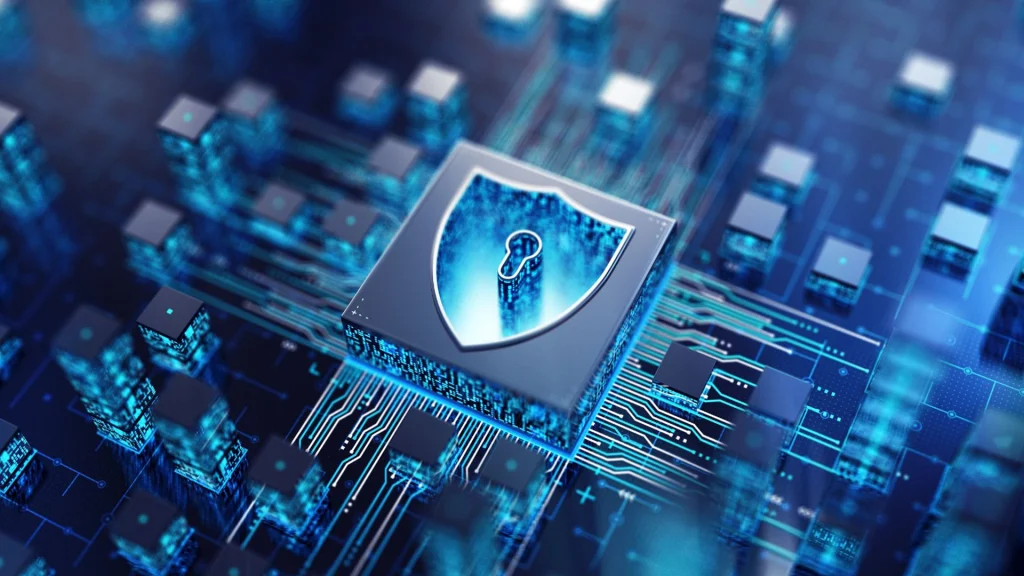Cybersecurity Frameworks Explained: NIST, ISO & More

To create a successful digital presence, the risk of cyber threats and attacks can restrain your growth. To overcome this problem, we have cybersecurity frameworks. They are like a blueprint cybersecurity service provider uses to build a cyber defense system. These frameworks let you identify and fix vulnerabilities to protect crucial data for building a secure digital environment. While strong firewalls and cybersecurity awareness training are crucial, it is also essential to use frameworks like NIST and ISO for enhanced security. In this blog, we’ll dive into cybersecurity frameworks, their benefits, and the best cybersecurity frameworks to help you maintain security. So, let’s begin with what exactly cybersecurity frameworks are. What Are Cybersecurity Frameworks? Cybersecurity frameworks are structured sets of guidelines and standards that help organizations manage security and protect their data. These frameworks offer ways to assess and improve an organization’s cybersecurity to ensure the confidentiality, integrity, and availability of information. It includes a set of security measures that organizations can implement to address specific cybersecurity risks. These measures cover various aspects of cybersecurity, such as access control, data protection, and security monitoring. Some of the best cybersecurity frameworks include the National Institute of Standards and Technology (NIST) and the International Organization for Standardization (ISO). Organizations globally use these frameworks to maintain effective cybersecurity programs. Why Use Cybersecurity Frameworks? You need a robust cybersecurity strategy to deal with cyber threats and attacks. This is where cybersecurity frameworks help you with structured and standardized approaches. Benefits of Using Cybersecurity Frameworks These benefits can enhance and strengthen the security layer. If you need to implement this framework at your end, you can hire cybersecurity experts for secure solutions. Types of Cybersecurity Frameworks? There are three main types of cybersecurity frameworks based on function with their strengths and focus areas. Choosing the right framework depends on your organization’s specific needs and industry. Here’s a breakdown of the different types of cybersecurity frameworks you’ll encounter: Control Frameworks These frameworks, like the CIS Controls, focus on implementing specific controls and best practices to mitigate cyber risks. They provide a clear checklist of actions to be taken for addressing common vulnerabilities. Program Frameworks They guide developing and maintaining a cybersecurity program, going beyond just a checklist. This includes elements like risk management, incident response, and access controls. It acts as a blueprint for building a cybersecurity program that addresses all aspects of cyber risk management. Examples of program-focused include COBIT and SOC 2. Risk Frameworks These frameworks, like the Factor Analysis of Information Risk (FAIR), help organizations identify, assess, and prioritize cyber risks. They provide an approach to understanding cyber threats’ potential impact on your business. Think of them as a tool for analyzing your specific risk to focus efforts on critical areas. With this, you can make an informed choice when choosing a cybersecurity framework. Now, let’s check which are the best cybersecurity frameworks. Best Cybersecurity Frameworks NIST Cybersecurity Framework (CSF) The National Institute of Standards and Technology (NIST) is a cybersecurity framework (CSF) developed by the NIST to help organizations manage and reduce cybersecurity risks. It provides guidelines, best practices, and standards for organizations to assess and improve their cybersecurity posture. Key Features: ISO 27001 and ISO 27002 These are internationally recognized standards designed for information security management. ISO 27001 offers the requirements for implementing a robust Information Security Management System (ISMS). It is a structured approach to managing and protecting your organization’s confidential information. ISO 27002 complements ISO 27001 by providing a specific set of controls to implement within your ISMS. Achieving ISO 27001 certification demonstrates a strong commitment to information security and can be a valuable differentiator when competing for business. Key Features: SOC 2 The Service Organization Controls (SOC) framework standards are specifically designed for service organizations. There are different SOC 2 types, but SOC 2 Type 2 is the most common and focuses on an organization’s security. Key Features: CIS Controls Developed by the Center for Internet Security (CIS), this framework is a practical and action-oriented approach to cyber risk management. Unlike frameworks that provide long guidelines, CIS Control offers a clear and specific checklist of actions to address common vulnerabilities. Key Features: GDPR General Data Protection Regulation (GDPR) is a regulation created by the European Union (EU) that governs how organizations handle the personal data of EU citizens. Organizations that process the data of EU citizens must comply with GDPR to avoid huge fines. While it is not focused on cybersecurity, implementing strong data privacy practices, as outlined by GDPR, can enhance your organization’s overall security. Key Features: HIPAA Health Insurance Portability and Accountability Act (HIPAA) is not a cybersecurity framework but a regulatory standard in the United States to protect the privacy and security of patients’ protected health information (PHI). While not focused on cybersecurity, implementing strong data security practices is key to HIPAA compliance. PCI DSS Payment Card Industry Data Security Standard (PCI DSS ) is not a cybersecurity framework but a standard developed by the PCI SSC. It mandates specific security requirements for organizations that handle cardholder data. This includes merchants, processors, acquirers, and service providers. Using these standards helps protect cardholder data from breaches and fraud. These frameworks provide organizations with a structured approach to managing cybersecurity risks and can help improve their security posture. Each framework has its own strengths and focus areas, allowing you to choose and implement frameworks with the help of a cybersecurity company. FAQs on Cybersecurity Frameworks Conclusion Cybersecurity frameworks provide a roadmap for organizations to identify, prevent, detect, respond to, and recover from cyberattacks. Choosing the right framework depends on your organization’s needs and risk tolerance. There is no single effective approach to security, so you need to use various elements from multiple frameworks to craft a multi-layered defense. If you are unsure where to start, partner with cybersecurity providers to choose and implement a framework that fits your requirements.Want your organization safeguarded? Contact our experts today!
